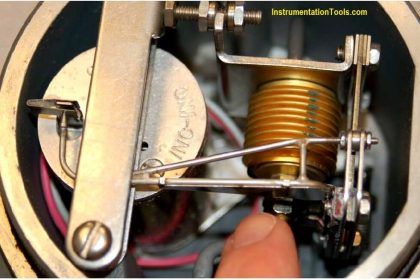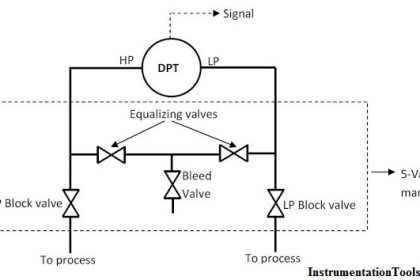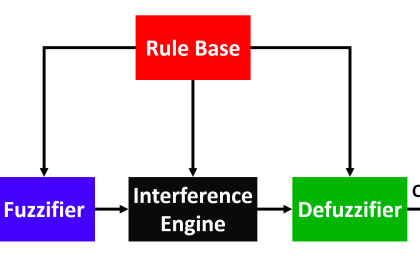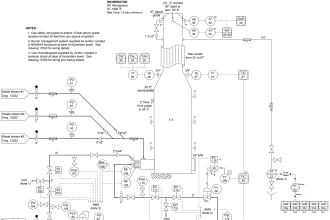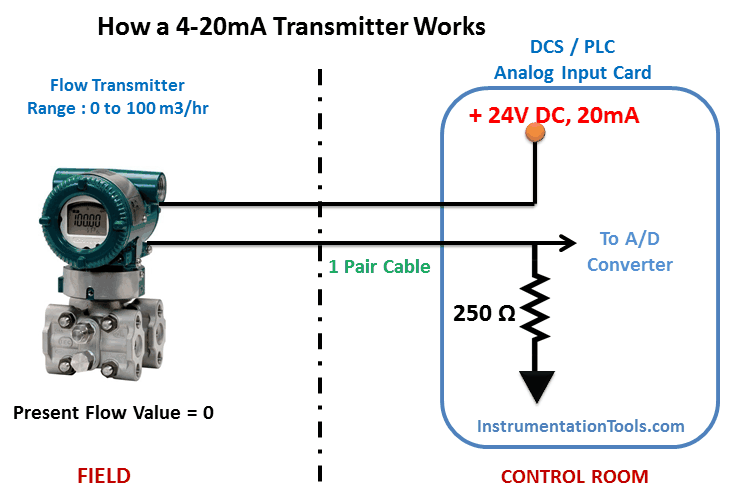When you work on some product or machine, it must be taken into consideration that it works under some standard. Because hundreds of products and machines are available in the market, it is necessary to regulate them; otherwise, anyone will manufacture anything and hamper any process.
International Standards
So, standards and regulations give control to them, so that they work within required limits with the best quality and efficiency. For this reason, various committees around the globe have come to a conclusion and mutual understanding for setting up some standards. These are called international standards.
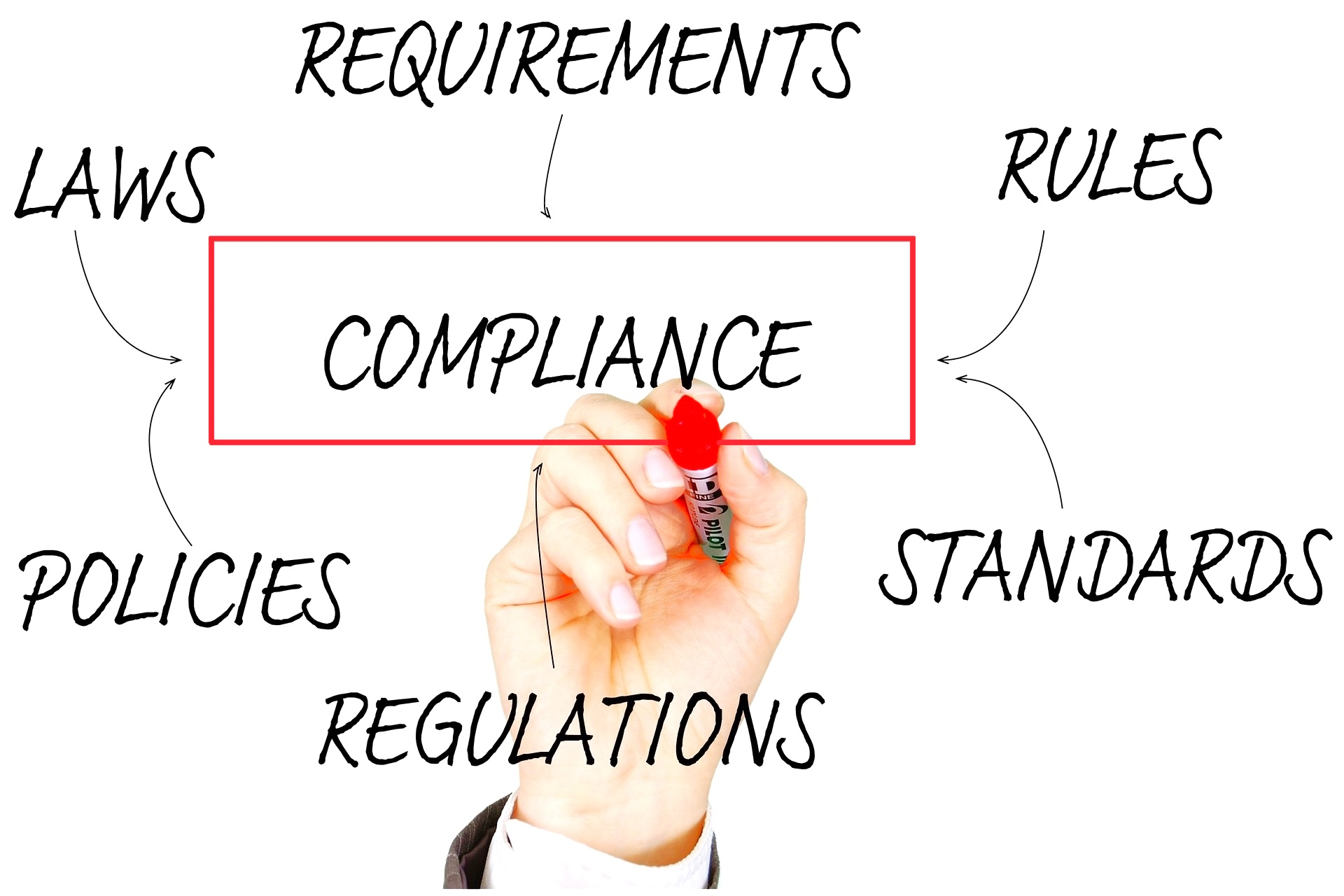
What is Standardization?
Suppose you are producing a component in a specific country. Every country has its own rules and regulations in governance, for the production of items. So, when you work on these products, it is necessary to understand the rules and regulations of that country. They must be produced and tested according to the certifications and authorizations set for them. Not only the manufacturer, but the consumer too must be aware of these rules and regulations. This is called standardization.
Basically, it is a set of rules which are defined according to the international working committee, to design, manufacture and test a product with high levels of quality check and efficiency. This enables the manufacturer as well as the consumer to work in a trusted manner and use them properly.
Due to standardization, uniformity of materials is maintained and information is shared properly with users to arise interest in operating them every time. Rationalization and quality assurance are promoted, which improves the safety of personnel, and the environment and improves quality in all areas of operation.
The result of these worldwide efforts is 10,000 international standards which are used directly or can be added to the individual national standards. These international standards are defined by international standardization organizations.
Types of International Standards
Some of the popular international standards are as follows.
- ISO
- IEC
- CISPR
ISO
ISO stands for International Standards Organization. It is a group of around 90 countries that work together in their corresponding national institutes, and gather and collaborate data with each other to form various ISO standards. They are then followed according to the countries and their rules and regulations. They deal with various upcoming technologies, processes, scientific developments, social issues, and more, to create a standard document that needs to be followed in manufacturing industries for producing the products accordingly.
After the standard is developed, the next rule is to create certifications for the same. ISO certificates are given to industries for manufacturing, which ensures that the product or service must meet the given standards in it. The certificates are denoted by various numbers, defining which standard is used in which document.
For example, ISO 9001:2017 certified means the version of 9001 was released in 2017 and has its corresponding rules mentioned. Various businesses apply for ISO standards to be stamped for them so that they can show the customers that their products or machines have met the ISO standard and maintained a very good quality in them.
IEC
IEC stands for International Electro-Technical Commission. As compared to ISO, IEC more specifically deals in electrical, electronic, and radio technologies. Basically, these three fields are so vast that how to regulate them in their standards needs to be maintained. For this reason, a committee body of the IEC was developed, which comprises mostly 160 countries. It prepares and publishes documents for all the electrical, electronic, and radio technologies so that the consumer knows how to use them safely and reliably. The quality of this engineering is maintained through this standard and it works mutually in all the respective countries, for making it successful.
For example, consider IEC 60076-10. It deals with various sound levels present around us. Basically, you will get detailed information on this, and through that, the consumer has to design its product or system accordingly. Once it has been done, it can then be said that the respective business has complied with IEC 60076-10 standards and is now compatible to work with it. So, similarly, many names of IEC standards are present for the defined technologies, which helps in maintaining their qualities of it.
CISPR
CISPR stands for International Special Committee for Radio Interference. It can be termed as an extension of the IEC. Basically, it deals with electromagnetic interference hampering electrical and electronic circuits and gives a way in designing them accordingly. If a consumer dealing in electrical and electronic technology designs his system accordingly for minimizing the effects of EMI in it, then it can be said that he has complied with CISPR standards and given a safe way to operate them. Electromagnetic interference can affect the performance of the devices in a bad way and so, these standards have been designed to deal with them properly.
CISPR has set limits for radio interference and guides on how to minimize their effect or even completely nullify them. For example, consider CISPR 11 compliance. It deals in radiated and conducted emissions.
Basically, devices coming under the frequency range of 9 KHz to 400 GHz come under this standard. Once the business has complied with this standard, it can say that they have tried and tested the best way in keeping away EMI from the devices.
In this way, we saw the concept of various international standards.

